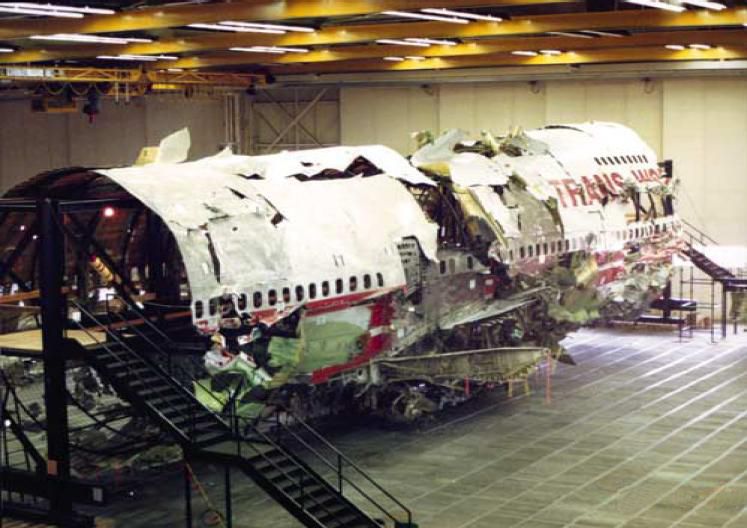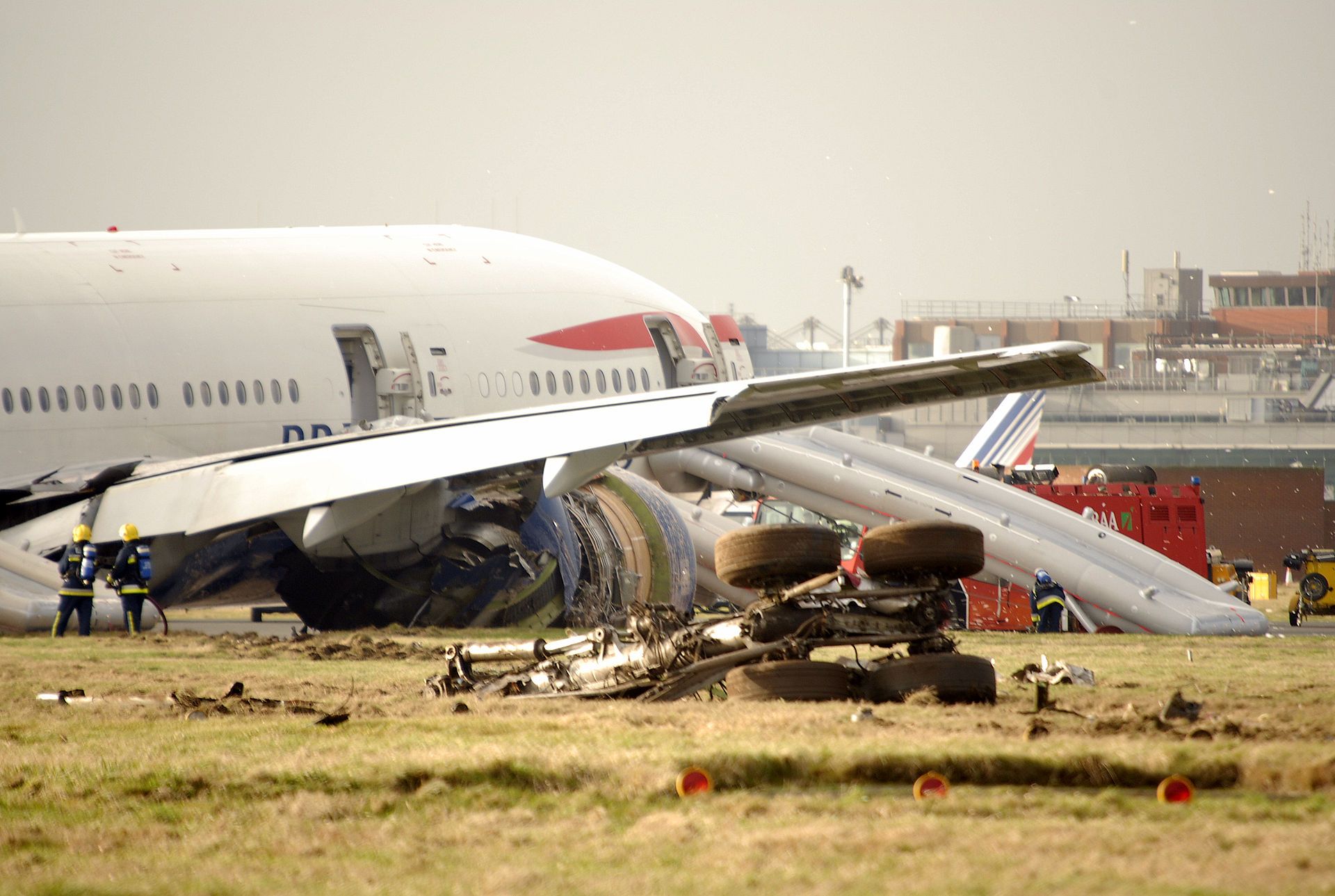Aircraft and the aviation industry often feature in the entertainment scene, in a more or less dramatic fashion. However, producers and directors have sometimes popularized false beliefs in order to create more intense scenes for TV shows and movie theaters. For example, aircraft do not always explode or disintegrate upon crashing, contrary to popular belief that has been fueled by television and cinema.
Whether an aircraft explodes on impact depends on the size of the plane, the level of fuel remaining in the fuel tank, and the angle and direction of impact. In this article, we will discuss what factors may cause an aircraft to explode, and how pilots are able to avoid the aircraft breaking up during crashes.
Explosion, disintegration and ignition
In news reports regarding aircraft crashes, the words 'explosion' and 'disintegration' are sometimes used to describe the situation of the aircraft upon impact. Aircraft may certainly explode or disintegrate upon crashing, but Hollywood may exaggerate the extent of the explosion for dramatic effects.
Crashes are thankfully uncommon thanks to improvements in aircraft manufacturing technology and detailed safety manuals. Explosions can be caused by the crash itself or can be the cause of a crash. For example, an aircraft crashing into a valley may then lead to a crash, or a bomb exploding onboard an aircraft may cause a crash.
Disintegration sometimes goes hand in hand with an explosion. While the word 'disintegration' in most cases means to disappear or to be split into many small pieces, in aviation, the same word usually only refers to an aircraft breaking into pieces and not remaining intact. Aircraft crashing into land or water almost always leads to disintegration, due to the high-G impact an aircraft experiences during a crash.
A third phenomenon known as ignition may also occur. Aircraft fuel tanks tend to hold a large amount of fuel, which may be ignited during a crash, causing fire to spread around the aircraft. Nevertheless, ignition of the aircraft only occurs if the fuel tank is broken and airplane fuel is able to leak into the main fuselage.
Factors that may make explosion, disintegration or ignition more likely
Aircraft size
Larger aircraft often mean more fuel is carried, as they are used on long-haul routes. Larger fuel tanks with more fuel may make explosion, disintegration or ignition more likely. For example, a Boeing 737 that has the capacity for around 200 passengers can carry 40,000 liters of fuel. However, a much smaller Cessna 172 can only carry 205 liters of fuel. In addition to the size of the fuel tanks, larger aircraft also tend fly at higher speeds. Crashing into the ground at a higher velocity may increase the likelihood that the fuel tanks will burst, and will therefore cause a fire through ignition.
Flashpoint of fuel
The flashpoint of fuel determines how easily a fuel is ignited (think along the lines of boiling point or melting point). The lower the flashpoint is, the lower temperature at which a given fuel begins to give off vapors. The flashpoint of AvGas, an aviation fuel which is similar to gas used in cars, is -43 degrees Celsius (or -45 degrees Fahrenheit). This means that AvGas can be giving off vast amounts of vapor even at room temperature. In comparison, jet fuel has a flashpoint of 38 degrees Celsius (or 100 degrees Fahrenheit), meaning that it only ignites at a temperature higher than 38 degrees Celsius.
What is your favorite Hollywood airplane scene? How realistic do you think it is? Leave a comment below and share the story with us.



